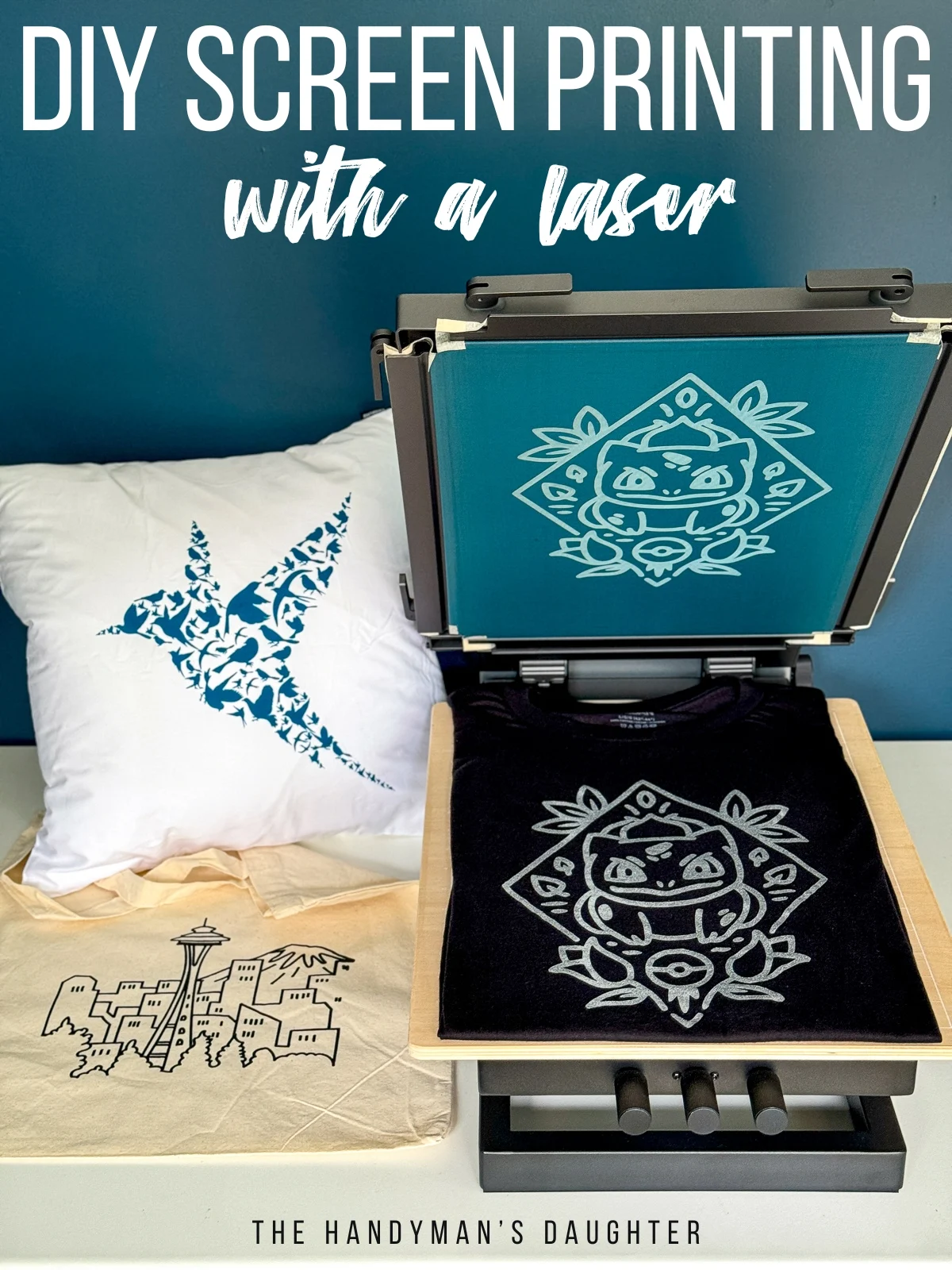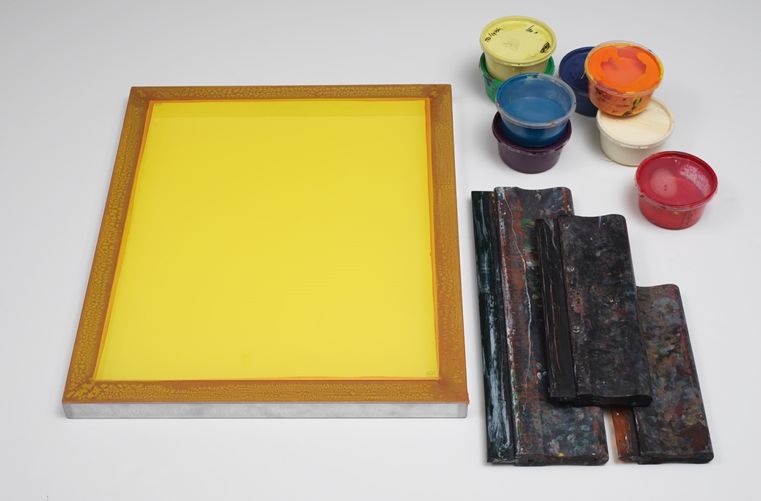ChatGPT said: 10:9 Design Screen Printing Texas: packages explained
Wiki Article
The Necessary Guide to Comprehending Screen Printing and Its Versatile Utilizes
Screen printing has an abundant history that goes back to old times, progressing into a sophisticated strategy utilized throughout different sectors today. This guide checks out the intricacies of the screen printing procedure, detailing its applications in home, advertising, and fashion design - 10:9 Design Company. Understanding these basics can open up imaginative potential for both imaginative and business tasks. The complying with sections will disclose necessary suggestions and methods to improve one's screen printing endeavorsThe Background of Screen Printing
Although screen printing has roots that trace back centuries, its advancement shows the artistic and technological advancements of numerous societies. Coming from ancient China, the technique was at first used for embellishing fabrics and later infect Japan, where it became important to Ukiyo-e woodblock printing. The technique shifted to Europe in the 18th century, where it acquired appeal amongst artisans and business printers. The invention of image emulsion in the 20th century reinvented screen printing, permitting more complex designs and higher performance. Artists like Andy Warhol further pushed its popularity, making use of the tool to create iconic jobs that mixed commercialism and great art. By the late 20th century, screen printing had actually established itself as a versatile technique, employed in style, marketing, and art. Today, it remains to develop, integrating electronic technology and broadening its applications throughout numerous markets.The Screen Printing Process Explained
Screen printing changes imaginative visions into tangible styles with a collection of exact actions. At first, a photo is produced and afterwards transferred onto a screen, commonly constructed from great mesh material stretched over a framework. A light-sensitive solution is put on the screen, which is exposed to light, setting in areas not covered by the picture. After cleaning out the unhardened solution, a pattern is developed.Next off, the screen is placed over the substrate, whether it be textile, paper, or another material. Ink is then pushed with the open areas of the stencil utilizing a squeegee, transferring the style onto the substratum listed below. This process can be repeated for numerous colors, needing separate displays for each and every tone. Ultimately, the published product is cured using heat to guarantee the ink sticks properly, causing a sturdy, lively design on-line.
Kinds Of Screen Printing Techniques
In addition, specialized strategies, such as discharge screen printing, get rid of color from the textile to develop softer prints, while foil screen printing uses metallic aluminum foil to attain a shiny finish (10:9 Design Abilene). Each technique provides unique characteristics, dealing with different innovative requirements and manufacturing ranges, inevitably broadening the opportunities within the screen printing domain
Applications of Screen Printing in Various Industries

Additionally, the signs and advertising sectors use screen printing for developing distinctive displays and banners. This method allows for vibrant shades and intricate layouts that capture focus. In electronic devices, screen printing is utilized for using conductive inks to motherboard, important for element links. In addition, here the home decoration market embraces screen printing to produce distinct styles on fabrics and wall surface art. Overall, screen printing functions as an important tool across varied fields, boosting products with individualized and visually enticing graphics.
Tips for Successful Screen Printing Projects
While undertaking a screen printing task, cautious attention to information can considerably enhance the final end result. Initially, picking top notch products is vital; this consists of the screen, inks, and substratums. Utilizing proper mesh matters can impact ink deposition and detail resolution. Prep work is equally vital; extensive cleansing of screens and appropriate direct exposure times assure crisp prints.Next off, exact registration is critical for multi-color prints. Utilizing positioning tools can assist attain precise layering. Additionally, screening prints on scrap products prior to production aids identify potential problems without losing resources.

Frequently Asked Inquiries
What Materials Are Ideal for Screen Printing on Material?
Cotton and polyester blends are ideal for screen printing on fabric as a result of their sturdiness and ink absorption. In addition, specialized fabrics like silk or canvas can create distinct appearances and finishes, boosting the general layout high quality.Exactly how Do I Tidy and Maintain Screen Printing Tools?
To maintain and clean screen printing devices, one must on a regular basis clean displays with proper solvents, inspect mops for wear, lube relocating parts, and store all items in a dry, dust-free atmosphere to prolong their lifespan.What Are the Ecological Influences of Screen Printing?
Screen printing can have considerable environmental impacts, including chemical waste from inks and solvents, water use during cleaning procedures, and energy consumption. Eco-friendly materials and lasting techniques are vital for reducing these adverse results.Can Screen Printing Be Done in the house Effectively?
Screen printing can be effectively done at home with the ideal materials and techniques. Enthusiasts can develop top quality prints, though success depends upon their ability level, devices, and understanding of the process included.
What Are the Expenses Related To Starting a Screen Printing Organization?

Starting a screen printing organization involves expenses for tools, products, and work space. First expenditures commonly vary from a couple of hundred to several thousand dollars, relying on the range, top quality of equipment, and preferred production capability.
Screen printing has a rich history that dates back to old times, progressing right into an innovative method utilized across different markets today. Another technique, rotary screen printing, utilizes cylindrical screens, helping with continuous printing on fabric rolls, thus improving efficiency for massive productions. Additionally, specialized techniques, such as discharge screen printing, eliminate color from the textile to create softer prints, while foil screen printing applies metal foil to accomplish a glossy coating. In the fashion field, screen printing is commonly utilized to create lively designs on apparel, allowing brand names to display their one-of-a-kind styles. Cotton and polyester blends are perfect for screen printing on material due to their toughness and ink absorption.
Report this wiki page